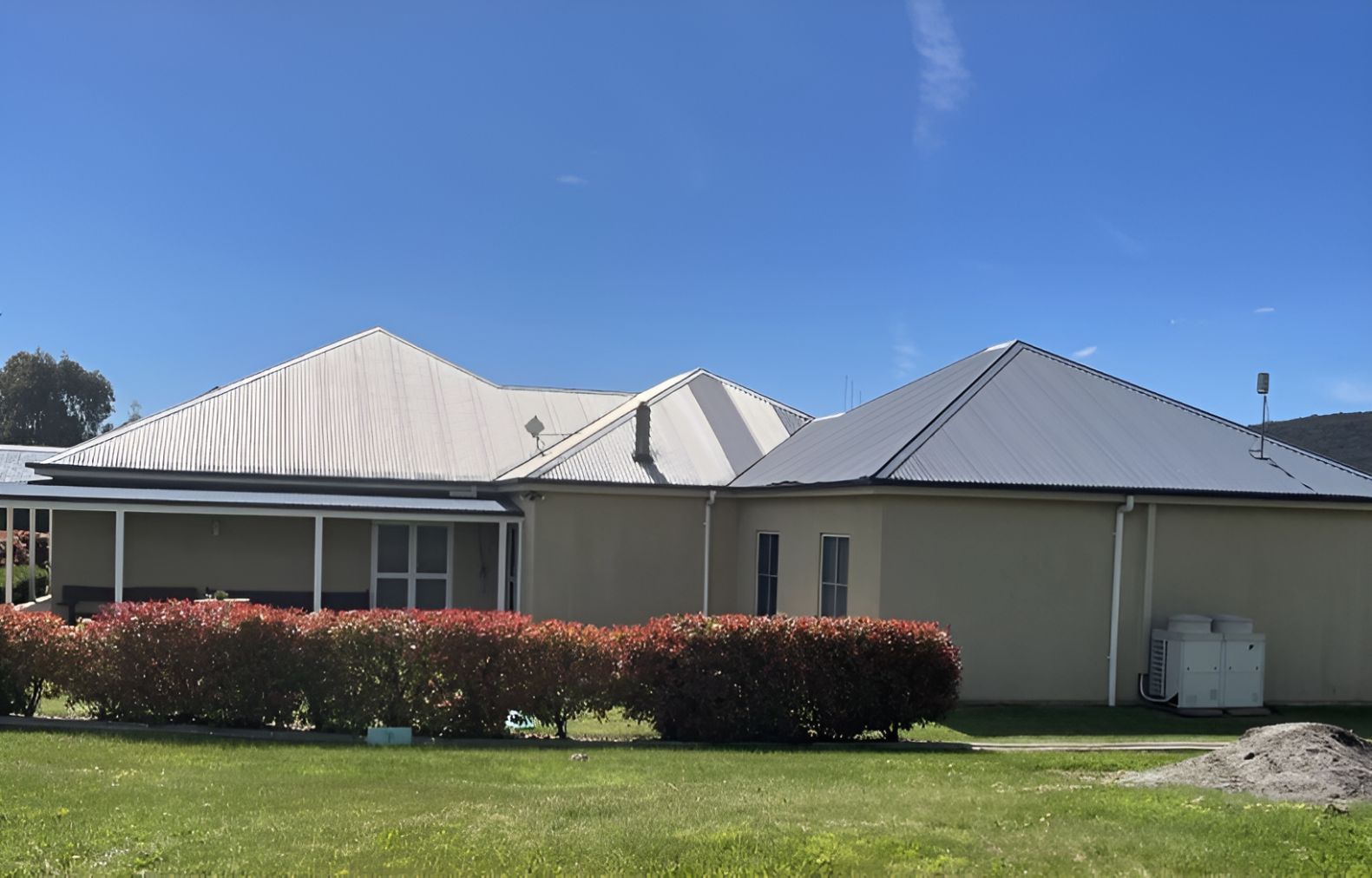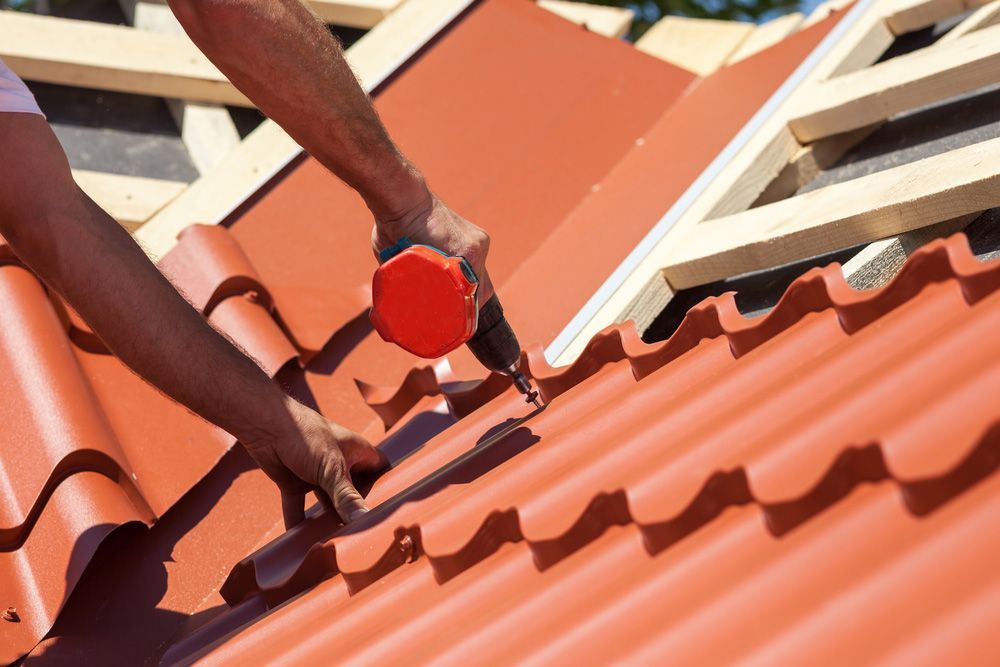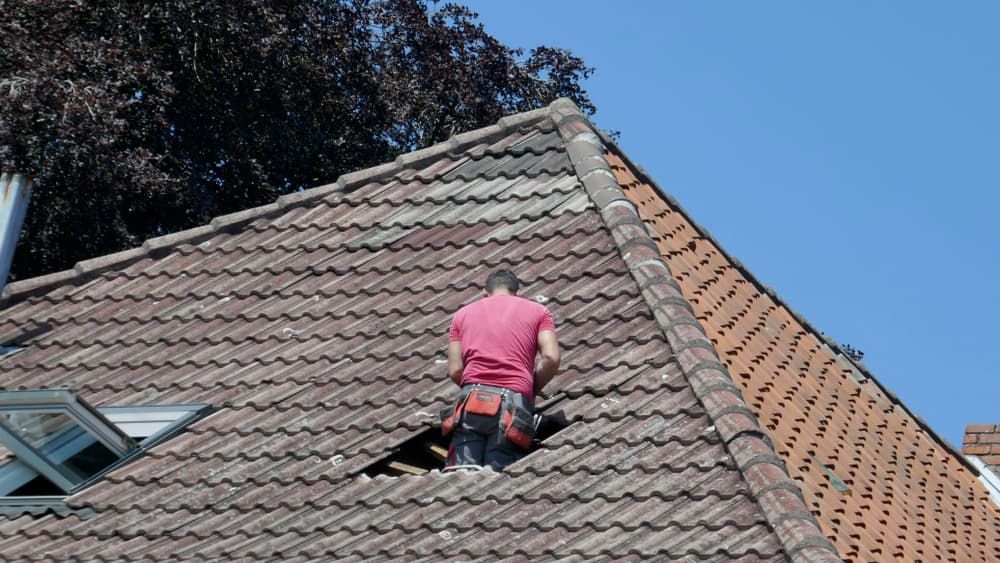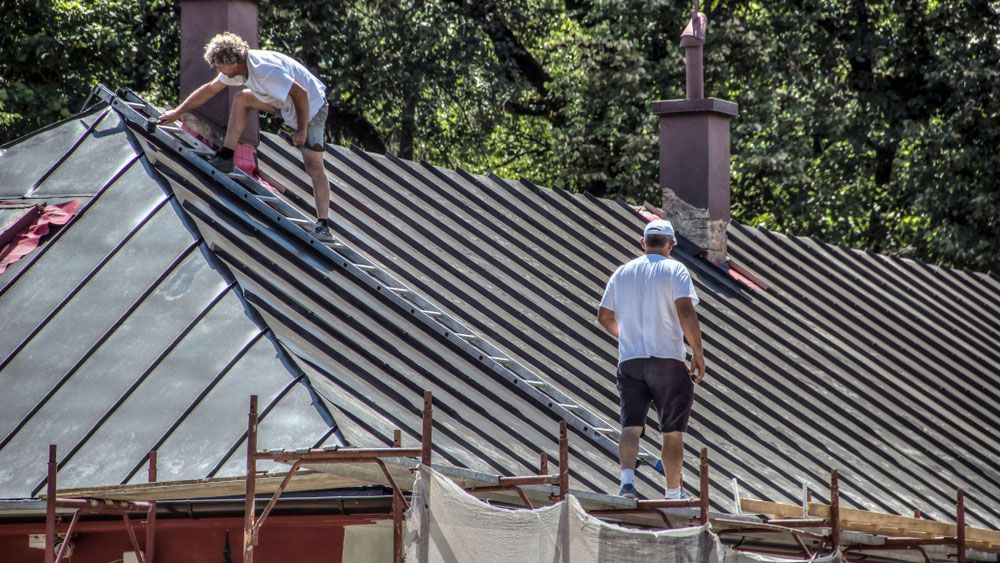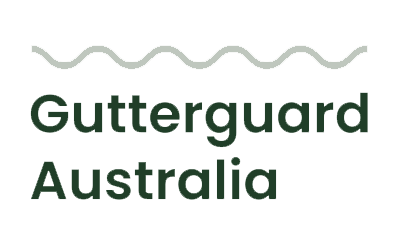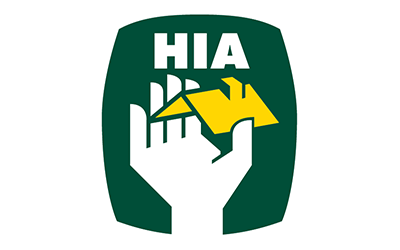8 Common Causes of a Leaking Roof
When you spot water stains on the ceiling or hear the distinct drip of water during heavy rain, you’re likely dealing with one of the most frustrating home maintenance issues: roof leaks. You may find yourself asking, Why is my roof leaking? Ignoring early signs of roof leaking can result in serious structural damage, so making timely repairs is essential to protect your home. While small leaks may start as minor inconveniences, they can quickly escalate, causing significant property damage if not addressed promptly. Understanding the common causes behind roof leaks is key to safeguarding your home and avoiding costly repairs. For homeowners considering roof repairs in Logan, being aware of these issues is the first step towards long-term protection.
1. Damaged Flashing Allows Water to Penetrate
Flashing is crucial in directing water away from areas where your roof intersects with structures like chimneys, skylights, and vents. However, flashing can deteriorate over time due to exposure to the elements or poor installation.
When flashing becomes cracked, corroded or dislodged, water can easily find its way beneath the roofing material, allowing leaks to form deep within the structure.
- Flashing often deteriorates from constant expansion and contraction with temperature changes.
- Corrosion caused by moisture exposure can create small holes or cracks.
- Strong winds and storms may shift flashing out of place.
Routine inspections by professionals can help detect flashing issues early and ensure proper resealing or replacement before major leaks develop.
2. Blocked Gutters Can Cause Overflow Issues
Gutters are designed to channel rainwater away from the roof and the home’s foundation. When they become clogged with leaves, dirt and debris, water cannot drain efficiently, leading to overflow problems.
Overflowing gutters can result in water seeping back into the roof structure, eventually causing leaks, rot, and mould growth within your ceilings and walls.
- Blocked gutters prevent rainwater from flowing freely, forcing it under the roof edge.
- Overflow can saturate fascia boards, soffits and wall cladding.
- Water trapped in clogged gutters can freeze and expand, worsening damage.
Regular gutter cleaning, particularly after heavy storms or during autumn, is a simple yet effective preventive measure that reduces the risk of costly leaking roof repairs in Logan.
3. Ageing Roofing Materials Lose Integrity
All roofing materials have a natural lifespan, and once they begin to deteriorate, their ability to keep water out is significantly compromised. As roofing materials wear down, cracks, gaps and weaknesses form, offering multiple points of entry for rainwater.
- Terracotta and concrete tiles can crack or become porous over time.
- Metal roofing may rust, develop holes, or loosen at seams.
- Bitumen-based materials lose elasticity, leading to splits and fissures.
A professional roof inspection can help determine when roofing materials have reached the end of their serviceable life, allowing for timely replacement before leaks occur.
4. Poorly Sealed Roof Valleys Create Vulnerabilities
Roof valleys are designed to channel large volumes of water down towards the gutters. However, due to their constant exposure to flowing water, they are also one of the most common sources of leaks.
When valley flashing or seals fail, water can seep beneath the roof covering and penetrate the underlayment.
- Inadequate sealing during installation can leave valleys exposed.
- Debris build-up in valleys slows water flow, increasing leakage risks.
- Sealants deteriorate over time due to UV exposure and temperature changes.
Valley leaks often worsen rapidly during heavy rain, making it critical to keep these areas free of debris and to reseal them periodically.
5. Damaged Roof Vents Allow Water In
Roof vents regulate the temperature and humidity in the roof space, but when damaged or poorly installed, they allow water to enter the crawl space and ceiling cavities.
Cracked vent housings, missing covers or unsealed vent bases are all potential sources of leaks.
- Plastic vent covers may become brittle and crack in the harsh sun.
- Metal vents can rust or detach from their base.
- Wind-driven rain can force water through poorly sealed vents.
Routine inspections of roof vents should include checking seals, replacing worn parts and ensuring proper waterproofing around vent bases.
6. Broken or Slipped Roof Tiles Expose Underlying Layers
Roof tiles serve as the first line of defence against rain but are vulnerable to physical damage from storms, falling branches or foot traffic.
When a tile cracks or slips out of position, it exposes the underlayment and roof structure to moisture.
- Strong winds can dislodge tiles or lift edges, allowing water ingress.
- Heavy hail or debris impact can cause hairline fractures.
- Walking on roof tiles can create micro-cracks invisible to the eye.
Replacing broken or missing tiles promptly helps preserve the roof’s integrity and prevents the development of internal water damage.
7. Inadequate Roof Slope Causes Water Pooling
A roof’s slope is critical in ensuring that rainwater runs off efficiently. Roofs with low or flat slopes are more prone to water pooling, which increases the risk of leaks.
Prolonged water pooling places pressure on seams and joins, often leading to slow but persistent leaks.
- Low-slope designs are vulnerable to wind-driven rain and standing water.
- Ponding accelerates membrane deterioration and leads to leaks.
- Heavy storms can overwhelm the drainage on flat roof areas.
Proper design, sufficient drainage and periodic inspections help manage water flow and protect low-slope roofs from pooling issues.
8. Roof Installation Errors Lead to Long-Term Leaks
No matter how high the quality of materials, poor workmanship during roof installation often results in long-term leak problems. Improper installation leaves multiple weak points where water can enter over time.
Common errors include misaligned tiles, incorrectly fastened metal sheets and unsealed joints.
- Flashing may be poorly positioned, allowing water entry.
- Underlay may not be installed correctly beneath tiles or sheets.
- Poor sealing around penetrations like skylights and chimneys allows leaks.
Working with experienced roofing professionals ensures that your roof is installed to Australian standards, minimising the chance of installation-related leaks.
Act Quickly for Roof Repairs in Logan
At Munro Building Group, we understand that a leaking roof requires immediate attention to prevent long-term damage. Our team offers comprehensive leaking roof repairs in Logan, using proven methods and quality materials to restore your roof’s integrity. Whether you’ve noticed a small stain or have major water ingress, get in touch via our contact page or call us to arrange a professional inspection and prompt repairs.
